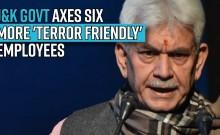It's that time of the year again when devotees get ready to welcome the goddess for nine days. Navratri -- which commences on 25 September -- is celebrated to honour Goddess Durga and her nine forms.
West Bengal and Gujarat are known to celebrate this festival in a grand manner. For Bengalis, Durga Puja is their most important festival during which they worship Shakti. The popular belief is that during those nine days Maa Durga visits their maternal home after killing the evil – Mahishasura.
In Gujarat, the festival is marked with dhol, garba and dandiya. Women and men in vibrant costumes perform the folk dance to celebrate those nine days .
Apart from Bengal and Gujarat, other states celebrate the festival as well. In Tamil Nadu, women from Iyer community invite married women to their homes in the evening and gift them bangles, earrings and other accessories that symbolise their marital status.
In Andhra Pradesh, the nine days are dedicated to Shakti. They call it Batukamma Panduga which means 'Come Alive Mother Goddess'.
In Kerela, only last three days – Ashtami, Navami and Vijaya Dashmi are celebrated. They dedicate their worship to the goddess of knowledge and learning – Maa Saraswati.
In Maharashtra, Navratri is seen as an auspicious time to buy new things and for new beginnings.
Himachal Pradesh, unlike other states, celebrates only the tenth day. It is called Kullu Dusshera and is marked as the day Lord Ram returned to Ayodhya.
In Punjab, most people observe fasts for seven days and organise Jagraata which is worshipping Goddess Durga throughout the night by singing bhajans, reciting aarti, and dancing. On the eighth day, the fast is broken and they organise a feast for nine young girls and gift them red chunri.
In many other places, 'Kanya Poojan' (worshipping girl children) is done. The tenth day is celebrated as Dussehra in the country as the day when Lord Ram killed Ravana. It symbolises the victory of good over the evil.
Check out the slideshow that depicts the vibrant colours of Navratri celebration in India.


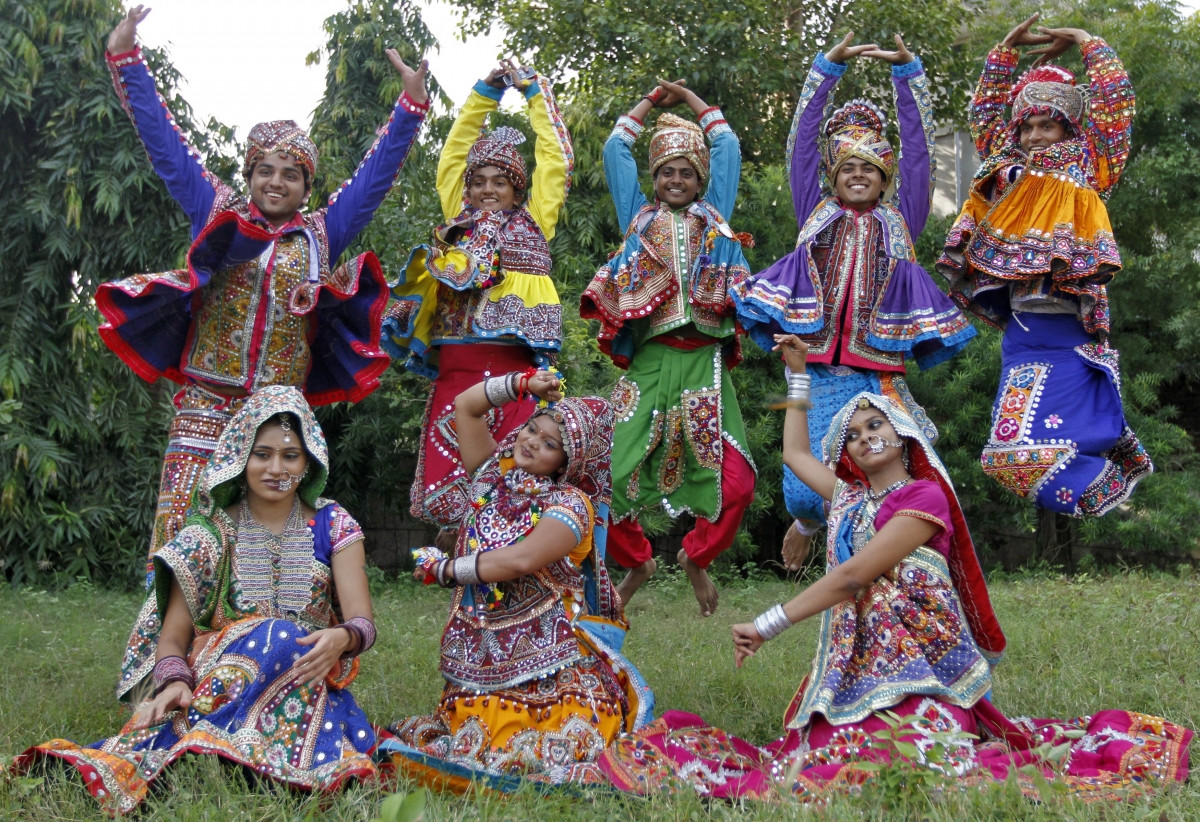







![Halloween 2025: Jasmin Walia, Hardik Pandya's ex-GF; soft launches new BF; Priyanka Chopra, Rhea Chakraborty serve spooky glam goals [Watch] Halloween 2025: Jasmin Walia, Hardik Pandya's ex-GF; soft launches new BF; Priyanka Chopra, Rhea Chakraborty serve spooky glam goals [Watch]](https://data1.ibtimes.co.in/en/full/823714/halloween-2025-jasmin-walia-hardik-pandyas-ex-gf-soft-launches-new-bf-priyanka-chopra-rhea.jpg?w=220&h=135&l=50&t=40)




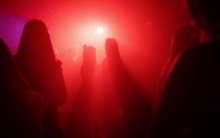

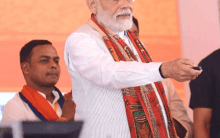



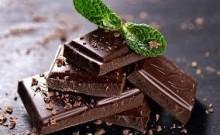
![Halloween 2025: Jasmin Walia, Hardik Pandya's ex-GF; soft launches new BF; Priyanka Chopra, Rhea Chakraborty serve spooky glam goals [Watch]](https://data1.ibtimes.co.in/en/full/823714/halloween-2025-jasmin-walia-hardik-pandyas-ex-gf-soft-launches-new-bf-priyanka-chopra-rhea.jpg?w=220&h=135)
